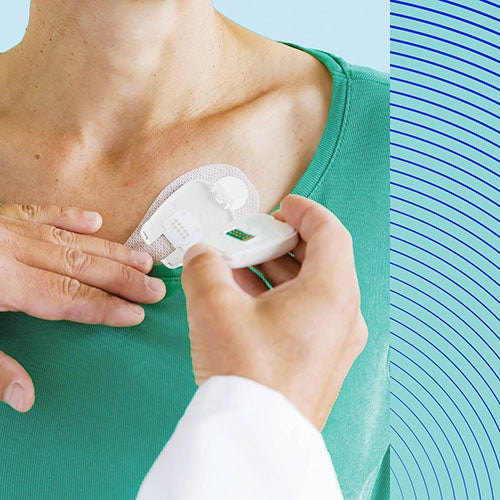Tech Tips
8 Things to Ask Yourself When Choosing a New UV Inkjet Press

Purchasing a big-ticket item like a narrow-format UV inkjet press is a lot like buying a car. You know that you need reliable transportation, but do you plan to go four-wheeling or drive 100 miles every day round trip for work? The answer will certainly impact your choice of model. Similarly, you may know that you want a UV inkjet press for short-run and variably-printed jobs, but what kind of jobs, specifically, do you intend to run on it? Identifying this will help to determine your basic needs. Then you can think about options – like heated seats.
Below are some of the things you should ask yourself or your equipment sales representative:
What opportunities are there in my area that I’d like to capitalize on that I can’t now? For example, there are new craft beer distilleries cropping up every time you turn around. If that’s happening near you, then take into consideration what the job requirements might be.
Will I need a UV flexo station? Some manufacturers make hybrid printers that start with a standard flexo station followed by the digital unit, all integrated to work together as one machine. If you’ll need the ability to flood coat white or print a static background on a regular basis, having a flexo station may be more economical than going 100% digital UV inkjet. On the other hand, if those jobs will be few and far between, it may not be necessary.
Will I need additional colors beyond the standard CMYK? If not now, can they be added later? White, orange and violet can enable you to get better flesh tones and a broader range of the color gamut. If you’re printing mostly durables, then you may not need this option. On the other hand, having such flexibility may enable you to break into markets you haven’t before.
What cure method makes the most sense for me? There are advantages and disadvantages to both conventional UV and UV LED cure. Conventional UV is very fast, but it also requires time to warm up. It is very hot, limiting the types of media with which it can be used. UV LED requires no warm-up time, but is slower to cure. It’s not as hot as conventional UV, allowing for greater media flexibility.
Will I need a chill roll? The function of a chill roll is to lower the web temperature to help prevent shrinking or possible deterioration of the face stock, so this will depend on the kinds of materials you’ll be running. Your need for a chill roll may also depend on your curing method. As mentioned above, UV is hotter than UV LED.
What about finishing equipment? It’s important to know what finishing equipment is compatible with the unit you’re contemplating. And again, the type of finishing equipment (laser, step and repeat, rotary, etc.) will be dependent on the types of jobs. When moving to digital printing equipment, it may be a good time to consider digital finishing equipment like laser die cutting.
User interface? What’s that? Digital = run by a computer. There are numerous settings that the operator controls through the equipment’s software, such as line speed, cure intensity, pinning intensity, corona treatment, and even profiling. This makes proper training for the operator and experience with the interface vitally important because s/he will need to be able to manipulate settings to achieve desired results.
What level of service is right for me? Remember that incorporating this new technology into your business will be a big change to your process, so level of service is extremely important. Make sure to build a good relationship with your supplier to help ensure you can get the help you need as you’re working this new technology into your process as well as later on down the road.
Other options to consider.
Varnishing or overlaminating stations and foil stamping are other options. If you see these as potential needs, now or in the future, be sure to inquire as to whether they come with the unit or can be added later. One thing to remember about options is that they drive up the price, so it’s important to determine what you really need vs. what would be nice.
Do your homework.
Finally, read everything you can get your hands on about the technology and the specific models that are of interest. Attend industry events where you can see equipment in action and ask questions. Talk with colleagues who already own one to learn the product features they like and dislike the most and why. Ask about whatever factors are most important or relevant to you. Once you’re up and running, you may find that completely new market opportunities never before contemplated will open up and not only keep you in the game, but get you into the major leagues.

